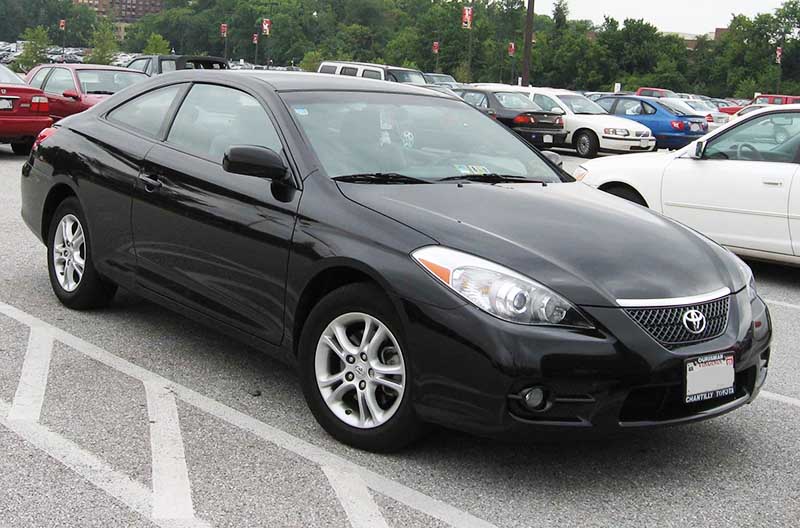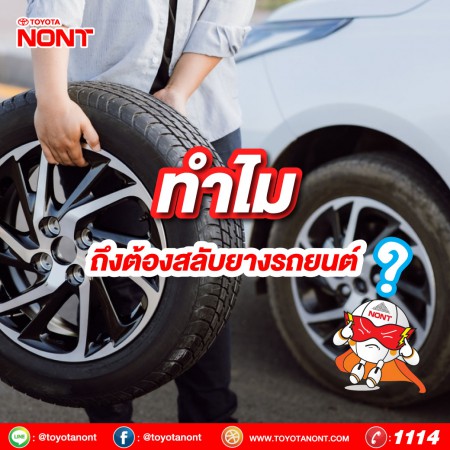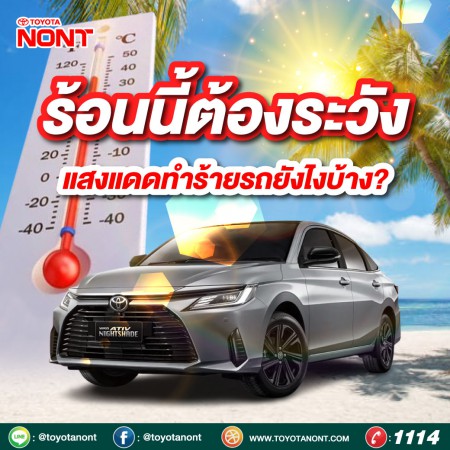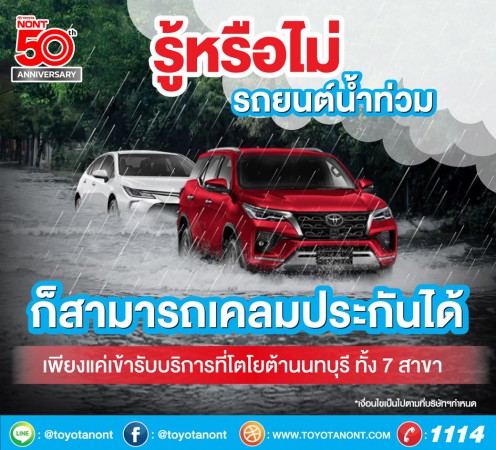

Toyota Camry Solara
The Toyota Camry Solara, also more commonly known as the Toyota Solara, is a mid-size coupe/convertible designed and engineered by Toyota. Created to appeal to a demographic of more sport-minded drivers than those who prefer the Toyota Camry sedan, the Camry Solara aspires to blend "sporty" looks and style with spacious practicality. The front-wheel drive Camry Solara is supposed to have a more sporty image than the Camry sedan. However, all models of the Camry Solara only feature the "Solara" portion of the name on exterior emblems, and the "Camry" portion of the name is rarely used when referring to the car in general.
Prior to the production of the Camry Solara, the 2-door version of the Toyota Camry was simply known as the Camry Coupé. It was added to the third generation Camry lineup in 1994 to compete with the Honda Accord and other cars in its class. However, due to it never being nearly as popular as the 4-door sedan of the Camry, the Camry Coupé was dropped in 1997.
In 1998, reviving the goal to compete with other similar coupés, Toyota launched the Camry Solara. Unlike its competitors, where the sedan and coupés are updated at the same time, the Solara's development lags behind of that of the Camry sedan by a couple years. Instead of mirroring the now-fourth generation Camry's appearance, the Solara had its own unique design with a swooped roofline, heavily creased sides, and unique front and rear fascia. The second generation, based on the 2002 Camry sedan, debuted in 2004. When the Camry sedan entered its seventh generation, there were no plans to update the Camry Solara to that platform. The Solara sold below expectations, as it inherited the unexciting handling from its Camry parent.[5] Without a major update in the works, that left the Solara underpowered compared to the new iteration of the sedan. The Solara coupe was discontinued after the 2008 model year, though it was rumored that the coupe would be revived in 2010 albeit on a different platform. The Solara convertible, which accounts for the majority of sales, continued to be produced. Then, in June 2009, Toyota announced that the convertible would be discontinued.
First generation/Mark V (1999–2003)
The first generation Camry Solara went on sale in the third quarter of 1998, as a 1999 model to replace the Camry Coupe. It was based on the mechanical platform of the previous generation Toyota Camry and was built at the TMMC facilities in Cambridge, Ontario, Canada. This model featured a 4-cylinder 5S-FE 2.2 L engine with 135 net HP (101 kW), and 147 lb·ft (199 N·m) of torque at 4400 rpm, and a V6 1MZ-FE 3.0 L engine with 200 net HP at 5,200 rpm (149 kW), and 214 lb·ft (290 N·m) of torque at 4,400 rpm with a 0 to 60 mph of 7.1 seconds,[citation needed] both of which are identical engines to the 4th generation Camry, but slightly revamped to have a small gain in power (2 hp and 6 hp (4 kW), respectively).
2.2L 5S-FE engine with 135 hp (101 kW), and 147 lb·ft (199 N·m) of torque at 4400 rpm 3.0L 1MZ-FE V6 engine with 200 hp at 5,200 rpm (149 kW), and 214 lb·ft (290 N·m) of torque at 4,400 rpm with a 0 to 60 mph of 7.1 seconds
The Toyota Camry Solara is also the first vehicle in the Toyota lineup, after their 1997 partnership agreement to feature a JBL premium stereo option, which all models came with a single-slot in-dash CD player and cassette deck. The SE models come standard with 15-inch steel rims and hubcaps, upgradable to 15-inch alloy rims. The Sports Package also adds a retuned suspension, perforated leather-wrapped steering wheel, perforated 8-way power-adjustable leather seats, an upgrade to 16-inch alloy rims, retuned steering, minor trim changes and a rear lip spoiler.
In the year 2000, the SE and SLE convertibles are also added to the lineup, and all JBL head units were upgraded to an in-dash 6-disc CD changer with a cassette deck.
Minor model update (2002–2003)
The Camry Solara was facelifted in 2002,[clarification needed] receiving changes to the grille pattern, taillights, headlights that now feature a 4-bulb system instead of 2, a chrome logo on the steering wheel (instead of an embossed pattern), and smaller fog lights. The trunk is now openable by remote and the wood trim has changed from Oxford Burlwood to Mustard Wood. New packages and options are also offered and include heated leather seats, an Appearance Package that features a 3-spoke steering wheel, leather-wrapped shift knob, black pearl emblems, and a different center cap on the wheels.
Mechanically, the 2.2 L four-cylinder engine was replaced with the same 2.4 L four-cylinder engine offered on the redesigned 2002 Camry, the 2AZ-FE. This new engine was chosen because it features the same gas mileage as the previous engine, except it offers more power and the addition of VVT-i, a technology that improves performance and reduces emissions. This new engine features 157 hp (117 kW) net at 5,600 rpm, and 162 lb·ft (220 N·m) of torque at 4,000 rpm, up 22 hp (16 kW) from the previous model.
Second generation (2004–2008)
The second generation of the Camry Solara was completely redesigned and introduced to the public in August 2003 for the 2004 model year and featured a curvier body, with the option of adding XM radio and/or a navigation system.[4] Based on the platform of the 2002 Camry sedan, the Gen 2 body is heavier than the Gen 1.5 body. The 4-cylinder is a carryover of the first mid generation's engine, and the larger available engine was the new 3.3 L V6 rated at 225 net hp at 5,600 rpm (168 kW) and 240 lb·ft (325 N·m) of torque at 3,600 rpm with a 0-60 mph of 6.9 seconds,[citation needed] with a quarter mile of 15.50 seconds at 93.50 mph (150.47 km/h). With the four-cylinder engine you could choose a five-speed manual or four-speed automatic transmission, while the V6 was matched to only a five-speed automatic transmission equipped with a sequential automatic, also known as a Multi-Mode Transmission (MMT). Both engines now feature Toyota's VVT-i technology. The Solara also moved to TMMK for the second generation model.
In 2006, the four-speed automatic was dropped on the Solara in favor of the five-speed MMT automatic transmission.
In June 2006 a restyled 2007 Solara went on sale. On the SE, rear LED taillights had been added, spoilers are now standard on all trim lines, with the reverse lights moved into the bumpers. The rear end "SOLARA" badging is now printed in bold uppercase letters as opposed to the previous cursive print. The SE Sport became available with its own unique spoiler; noticeable changes on the front end were smaller foglights, new badging, a slightly redesigned set of headlights and grille. Interior changes include Optitron gauges, blue backlighting in the rest of the car's controls, a new steering wheel design that is somewhat similar to the recently revised Camry SE's steering wheel, revised shifter, MP3 and WMA CD playback capability, external audio device (e.g. iPod, Zen, cassette) auxiliary port connectivity, Bluetooth connectivity, and voice-activated navigation on the SLE V6 models.
Although it gained a slightly updated appearance, it still retained both engines. Due to the new SAE-Certified testing method, the 4-cylinder model is rated at 155 hp (116 kW) with 158 lb·ft (214 N·m) of torque, and the V6 is rated at 210 hp (157 kW) and 220 lb·ft (298 N·m) of torque, but the output and performance is still the same without mechanical change.
Although a common misconception is that the Camry Solara is American Made, the fact remains that it is only assembled here in America. Assembled in various states including Kentucky, Indiana, Mississippi and Texas. 97 percent of the parts utilized to manufacture and asssemble the Toyota family of vehicles especially their Solara two door vehicles are shipped over from Japan. Large crates of parts and engines are shipped over and then distributed to the various assembly plants depending on what make and model the assembly plant produces. Body parts are shipped over in a primed state and then the final paint is applied. After paint and assembly, the final product rolls off of the assembly line 100 percent painted and assembled here in the United States at the local assembly plants. Production of the convertible finished in December 2008 and production of the coupe finished in mid-2009.








